ALGAE
For us scuba divers, algae are not interesting creatures that we pay much attention to. Wrongly so. Reason enough to take a closer look at algae. Many of them are so tiny that we cannot see them with the naked eye, but only under a microscope. They are classified as microalgae. As new species are constantly being discovered, the number of microalgae in the sea is estimated at around 20,000 to 50,000 species. This includes the phytoplankton. Phytoplankton produce about 50% of the world's oxygen and are the basis of the food chain in the water.
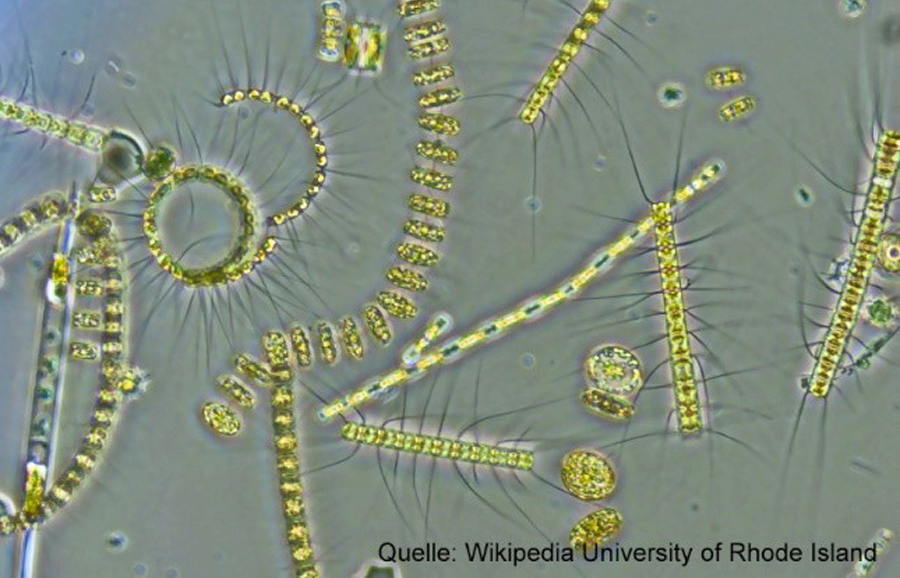
Another type of algae are zooxanthellae.
Zooxanthellae are microscopic photosynthetic algae that live symbiotically in the tissues of coral polyps and other marine invertebrates. Without this algae, there would be no coral reefs. For more information, see Subipedia from SUBDate 64 December 2019.
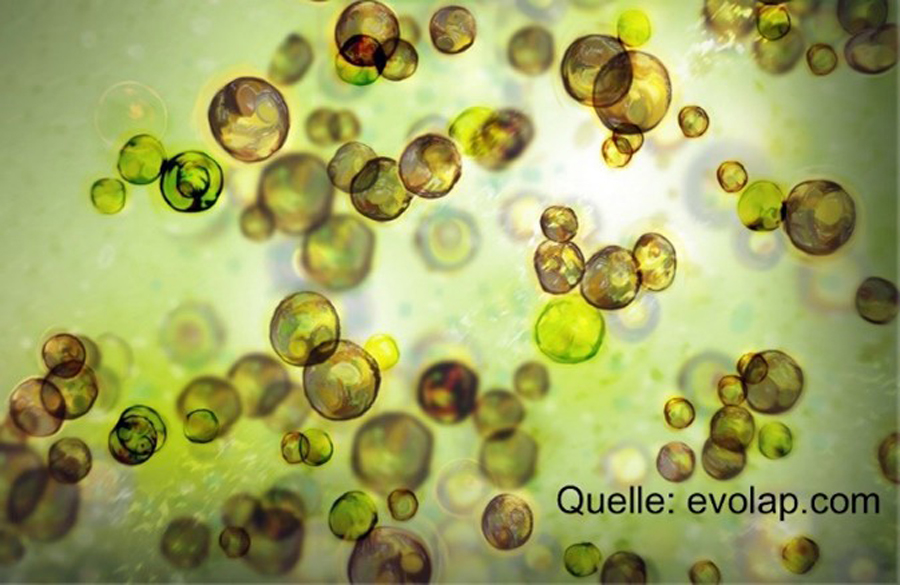
Now let's look at the algae we can see. They are assigned to the macroalgae group. The number of macroalgae species in the sea has also not been precisely determined but is much better researched than microalgae. Current estimates assume that there are around 10,000 to 12,000 known macroalgae species worldwide. Most of them live in the sea, especially in coastal regions. In other words, exactly where we divers can find them. They are divided into the groups green, brown, red and blue-green algae.
GREEN ALGAE INCLUDE:

The sea graps / Sea graps Caulerpa racemosa

The cactus pennywort / Cluster halimeda Halimeda opuntia
BROWN ALGAE INCLUDE:
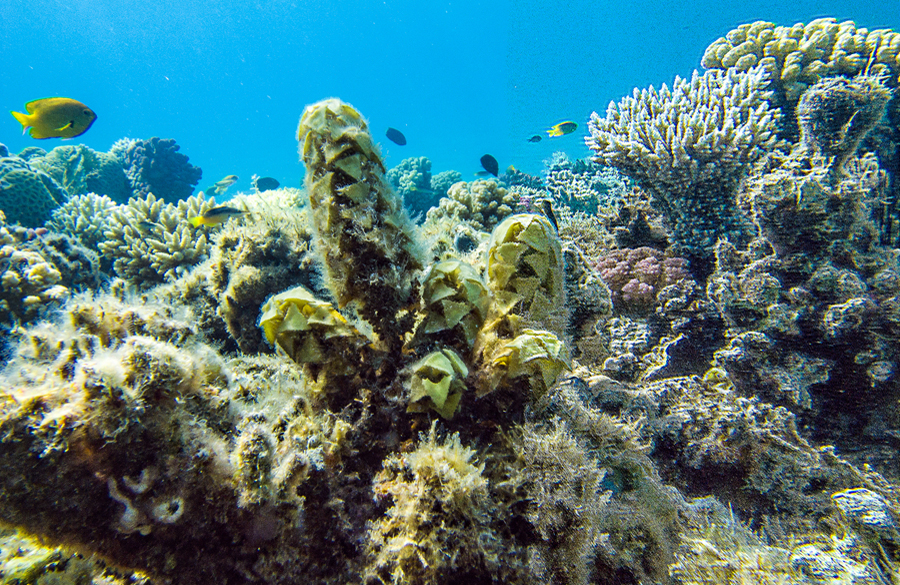
Triangle turbinweed / Turbinaria decurrens
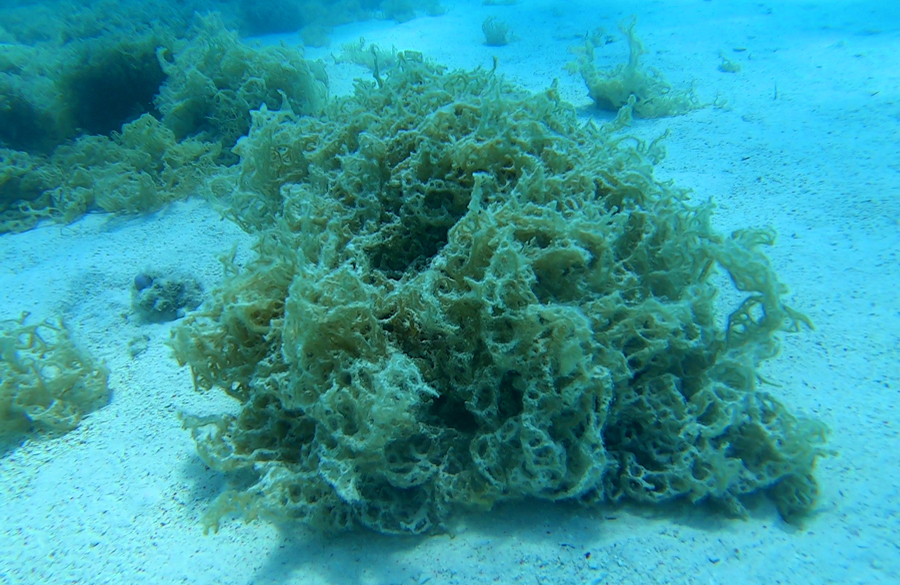
Sinus Braunalge / Glob weed Colpomenia sinuosa

The ear funnelweed / Padina gymnaspora
Algae reproduce asexually, i.e. cell division and spore division, and sexually, i.e. the fusion of two sexual parts. Marine algae do not eat anything in the classical sense, as they live through photosynthesis and metabolism with their hosts. For example, the coral. The lifespan of macroalgae ranges from a few months to over 20 years, depending on the species and environmental conditions.
They are always fascinating and also interesting photo subjects, as the sinus brown algae floating freely in the water proves.
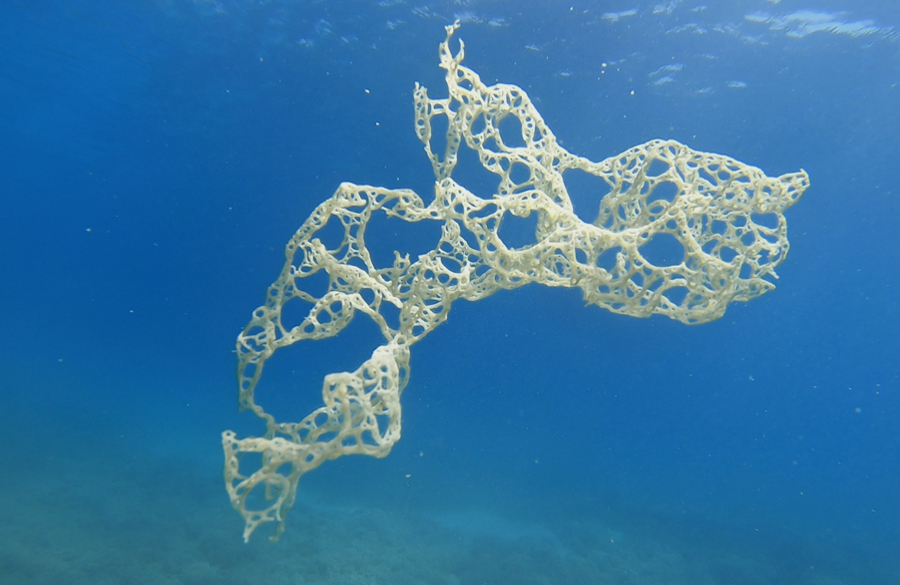
Free-floating sinus brown algae
Photos: Johann Vifian
Sources: Wikipedia / Coral Reef Guide / Evolap
